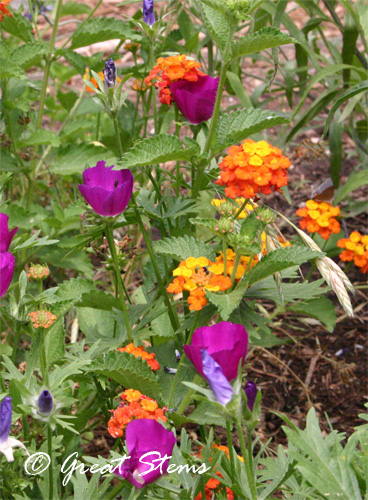I love the rain. Everything just looks so green afterwards.
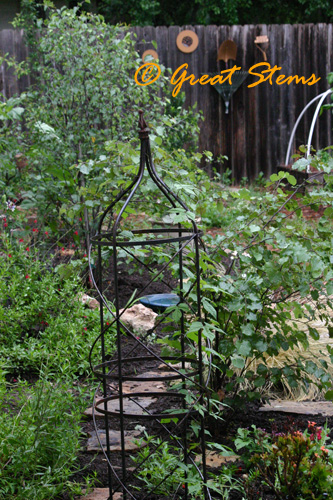
But even without the heavy rainfall this week, which I was so grateful for (by the way Austinites -- you can thank me for the rain on Wednesday because it was my watering day and I got up and watered-- Murphy's Law was in full effect, because the rain showed up that evening... now if you got hail, too, that's not my fault...), this year we are enjoying massive growth of pretty much everything in the garden. I suppose that sounds reasonable, as in the plant world we are in Year 2, at least for some of our plants -- the rest are still young. Following the saying "Sleep, Creep, then Leap" -- it is clear that our plants are enjoying a growth spurt!
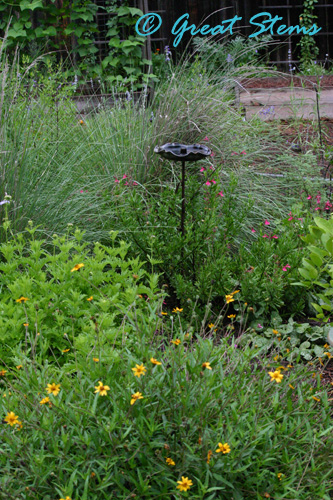 I am envisioning a garden of giants before long -- the thought crossed my mind that I might have to trim some of these back at some point. Whoa, that's too much for this girl to think about right now.
I am envisioning a garden of giants before long -- the thought crossed my mind that I might have to trim some of these back at some point. Whoa, that's too much for this girl to think about right now.
But take a look at this Rock Rose, one that I don't even remember planting in that spot. It's massive. Right now I'm just letting it do its thing, but I'm sure that other gardeners are wisely shaking their head, saying that I'm going to be dealing with lots of little Pavonia babies everywhere and soon. (Here's where I'll tell you that one of my other Pavonias already made lots of babies, as I discovered a couple of days ago. And it was a much smaller plant!)
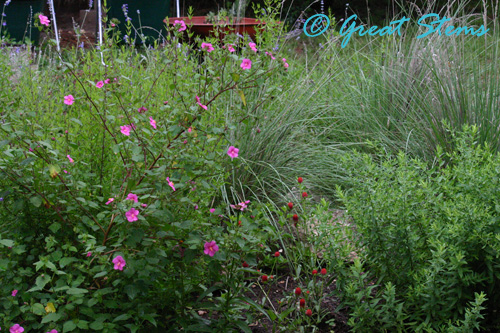 On the plus side, I hope that the natural shade that the larger plants in the butterfly garden will provide this summer will help the smaller ones get through the heat and sun. Downside is that right now everything appears to be the same height. Somewhere in the middle of all that is a Texas Kidneywood, as well as a Barbados Cherry, which at some point should provide the height variation the garden needs. They need to be in their Leap Year, too!
On the plus side, I hope that the natural shade that the larger plants in the butterfly garden will provide this summer will help the smaller ones get through the heat and sun. Downside is that right now everything appears to be the same height. Somewhere in the middle of all that is a Texas Kidneywood, as well as a Barbados Cherry, which at some point should provide the height variation the garden needs. They need to be in their Leap Year, too!
All around the garden, I've got new plants I'm excitedly watching. Exotic Love Vine, an annual vine from Mexico and Central/South America, still hasn't produced any flowers, but I find myself admiring its beautiful leaves everyday. I guess the love effect is already, well, in effect, even without the amazing blooms it hopefully will produce. Maybe they bloom in fall.
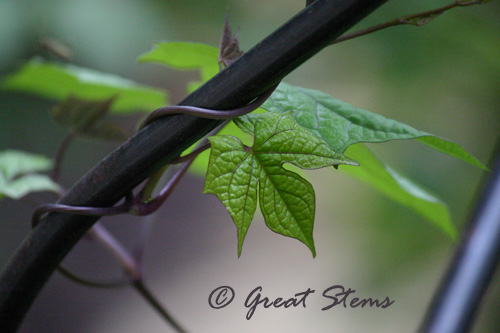
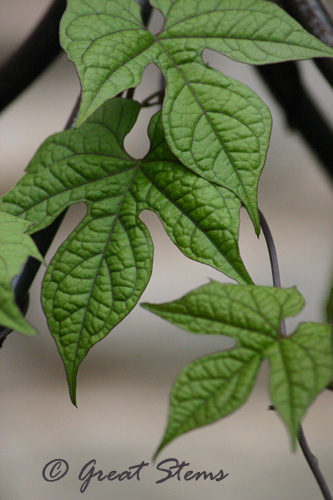 Now check out this great stem -- hoho, Great Stem.
Now check out this great stem -- hoho, Great Stem.
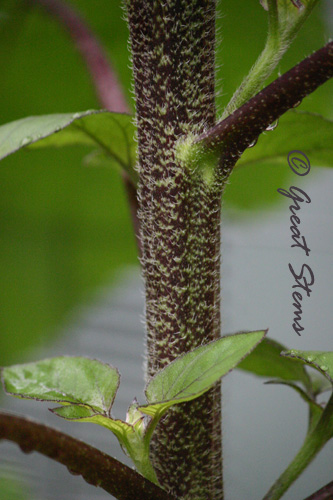 Now at 4-foot tall, this Cinnamon Sunflower is already bigger than some of my trees. Still no evidence of blooms. The leaves themselves are the biggest leaves of any plant I have on the entire property. For comparison, I placed a Pomegranate leaf on one of the Sunflower leaves -- I still don't think it does it justice.
Now at 4-foot tall, this Cinnamon Sunflower is already bigger than some of my trees. Still no evidence of blooms. The leaves themselves are the biggest leaves of any plant I have on the entire property. For comparison, I placed a Pomegranate leaf on one of the Sunflower leaves -- I still don't think it does it justice.
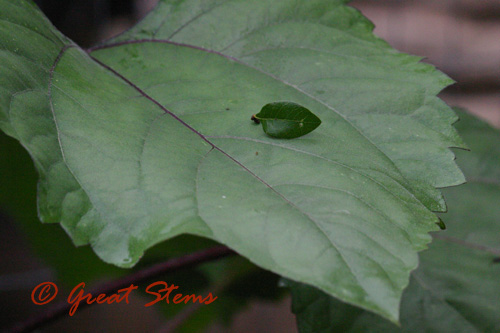 For the record, the Cinnamon Sunflower's growth is putting the Giant Sunflower's growth to shame. I haven't taken pictures of the Giant yet, so it better do some catching up!
For the record, the Cinnamon Sunflower's growth is putting the Giant Sunflower's growth to shame. I haven't taken pictures of the Giant yet, so it better do some catching up!
The Passionflower is blooming like mad. I'm still waiting for the Fritillaries to show up.
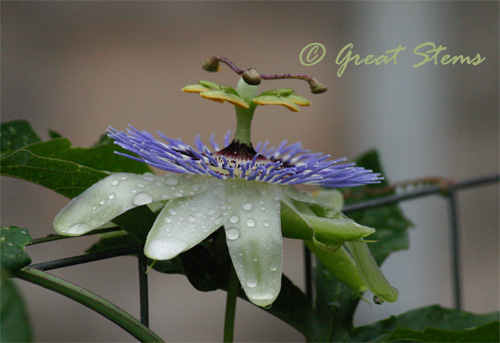
But here's a little Phaon Crescent come to visit.
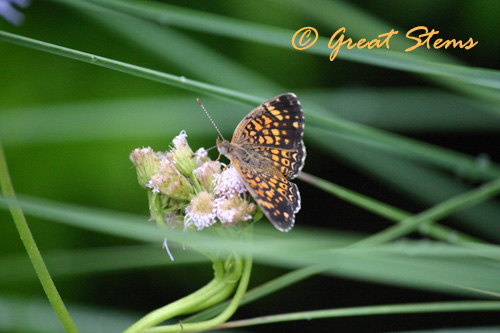
The Purple Coneflowers are doing some strange things this year, but at least they are officially blooming. Some big, some small, some tall, some flat, some wide, some droopy...
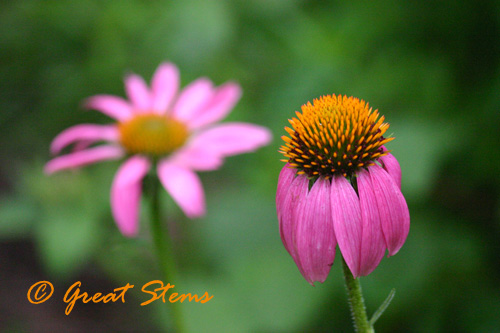 This odd Coneflower has a striped appearance.
This odd Coneflower has a striped appearance.
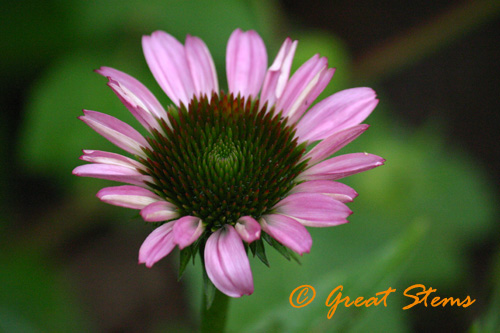 Speaking of Great Stems (giggle), here's another one. Check out the thorns on this wee tree, a Toothache Tree, or Prickly Ash. The thorns are currently longer than the stem is wide!
Speaking of Great Stems (giggle), here's another one. Check out the thorns on this wee tree, a Toothache Tree, or Prickly Ash. The thorns are currently longer than the stem is wide!
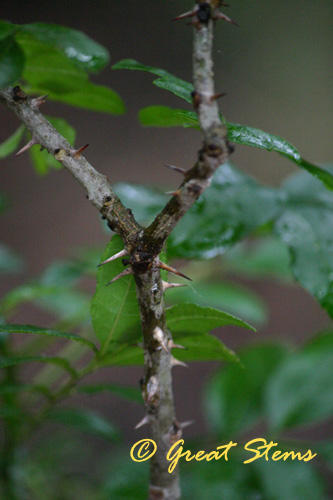 We're fortunate to have two species growing -- Zanthoxylum hirsutum (shown) and Zanthoxylum clava-herculis (very much still a sapling). If you haven't heard of these trees, they're fun. Chew on a leaf and your mouth goes numb for a few minutes. Back in the old days, they served to help with toothaches, hence the name. Bonus -- a larval host for the Giant Swallowtail butterfly! I look forward to our trees getting bigger.
We're fortunate to have two species growing -- Zanthoxylum hirsutum (shown) and Zanthoxylum clava-herculis (very much still a sapling). If you haven't heard of these trees, they're fun. Chew on a leaf and your mouth goes numb for a few minutes. Back in the old days, they served to help with toothaches, hence the name. Bonus -- a larval host for the Giant Swallowtail butterfly! I look forward to our trees getting bigger.
Venturing back to the butterfly garden, I paused to admire a strawberry-like annual, the Gomphrena, that I spur of the moment planted a couple of weeks ago. It's a dwarf compared to the older perennials, but I appreciate the red color that was needed in the garden.
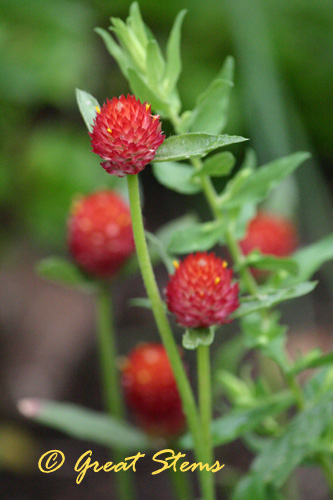
And ugh, a decision to make. This rogue not-native Lantana has popped up in the yard near the pond. Now I have to decide whether to pull it. This is why I stick to the native Lantana urticoides/horrida (Texas Lantana--has orange/yellow/red blooms) -- I don't want to contribute to the easily-spread other kind. I know where it came from, too -- my neighbor had one. Had. I notice she pulled it out this year.
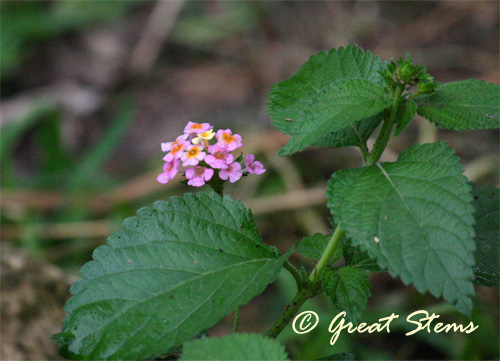
Over in the veggie garden, I discovered an abundance of peppers! Garden Salsa peppers, and they are inspiring the Mexican meal we will have tonight. I didn't even see them start out as babies, and here they are.
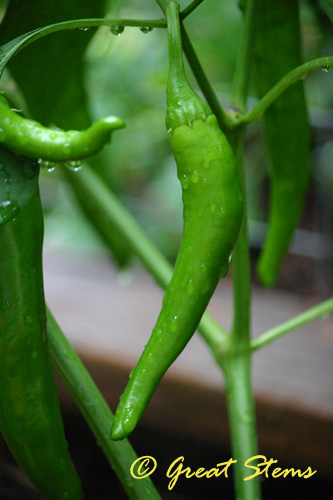
Meanwhile, their leaves are getting munched by these little culprits -- tiny (but pretty) grasshoppers. The admiration stops there. They are munching on my peppers, my tomatoes, and my Exotic Love Vine. Stop it, grasshoppers!
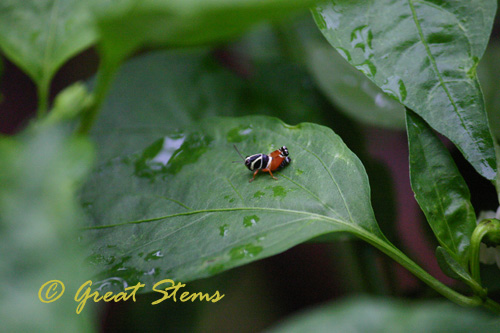 The tomatoes are certainly growing up. They've outgrown their cages, keep trying to topple over, and so bushy I'm feeling a little concerned. Next time, I'm going for the big collapsible and way over-priced Texas cages.
The tomatoes are certainly growing up. They've outgrown their cages, keep trying to topple over, and so bushy I'm feeling a little concerned. Next time, I'm going for the big collapsible and way over-priced Texas cages.
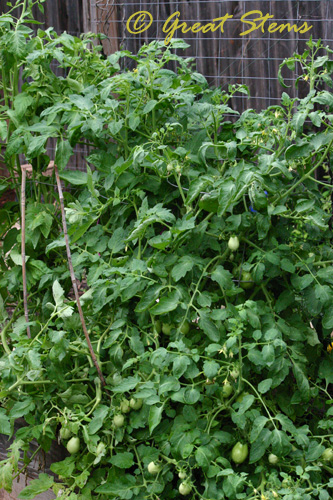 The runner beans have grown up past the trellis. I'm hoping we'll actually get some beans before the heat of the summer really hits us. I feel we're pushing the season a bit.
The runner beans have grown up past the trellis. I'm hoping we'll actually get some beans before the heat of the summer really hits us. I feel we're pushing the season a bit.
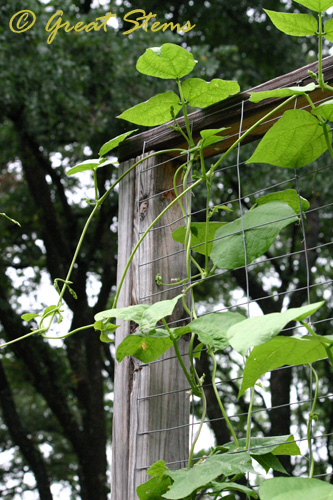 And the perennial Bell Pepper is producing fruit again. I look at this plant in wonder -- it survived last year's terribly hot summer, made it through fall and winter without any attention from me, and here it is, still growing. I didn't know they could do that. Talk about pushing seasons!
And the perennial Bell Pepper is producing fruit again. I look at this plant in wonder -- it survived last year's terribly hot summer, made it through fall and winter without any attention from me, and here it is, still growing. I didn't know they could do that. Talk about pushing seasons!
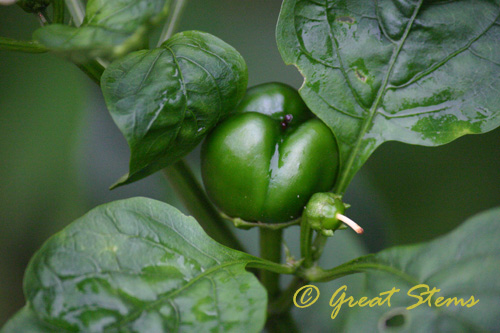 Plants aren't the only things growing up around here. I'm about to have a teenager in the house (egads). And at 12, he's already 6-feet tall. We're going to do a final "kid" measure tomorrow, the day before he turns 13.
Plants aren't the only things growing up around here. I'm about to have a teenager in the house (egads). And at 12, he's already 6-feet tall. We're going to do a final "kid" measure tomorrow, the day before he turns 13.
And these fledgling cardinals showed up this morning. Three of them. I love how their feathers are in transition. Mama and papa should be proud! You can tell my blood sugar was dropping at the time -- the camera was shaking! I'd eaten breakfast, but only just. Not enough time to hit the bloodstream, I guess.
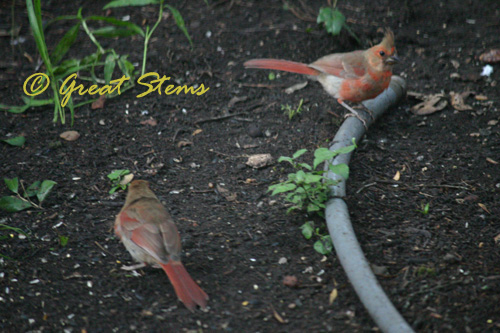
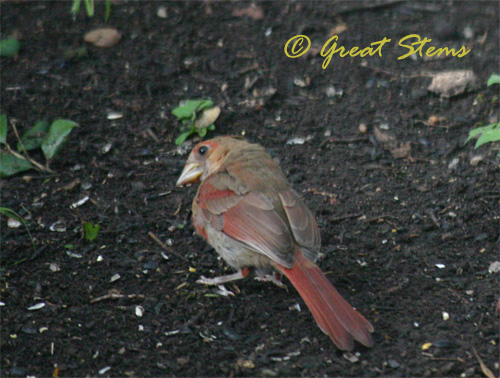
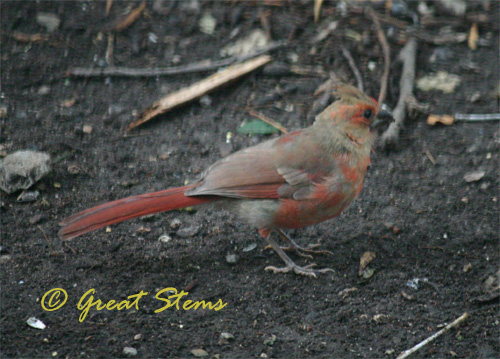 I'm pleased that birds are finally starting to pay attention to the thistle feeder. I abandoned the thistle socks awhile back due to the damage the eager birds were doing -- I kept having to replace the feeders. But wow, they did love those socks. It's not off the project list -- I just needed a regular feeder to keep around constantly.
I'm pleased that birds are finally starting to pay attention to the thistle feeder. I abandoned the thistle socks awhile back due to the damage the eager birds were doing -- I kept having to replace the feeders. But wow, they did love those socks. It's not off the project list -- I just needed a regular feeder to keep around constantly.
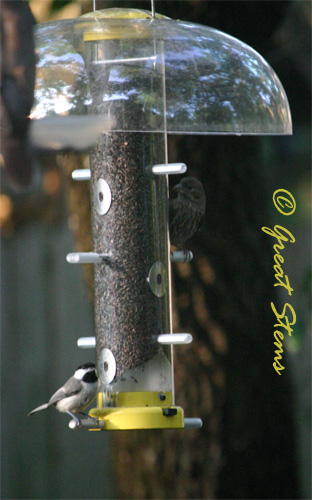 Yeah, I see you squirrel. I know what you're up to. Yeah, I know you see me, too. And yes, I saw you on the birdfeeder this morning. I noticed the young squirrel nearby, too, watching you do it. Naughty squirrel.
Yeah, I see you squirrel. I know what you're up to. Yeah, I know you see me, too. And yes, I saw you on the birdfeeder this morning. I noticed the young squirrel nearby, too, watching you do it. Naughty squirrel.
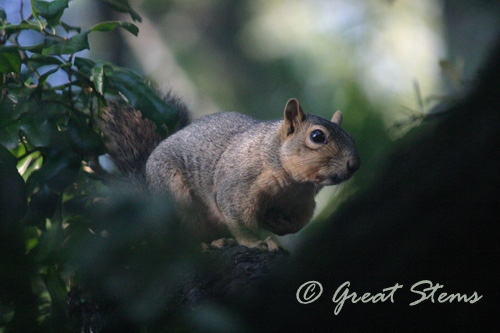
So the organic garden is growing up. The birds are growing up. The squirrels are growing up. My kids are growing up. And I guess the evidence is there that this gardener is growing up, too. If I haven't already done it, I guess I have to do away with my newbie status officially, my crutch when I don't know what in the world is going on in my garden. But the greenery around means I must have done something right, newbie or not. If in doubt, add compost -- that's my motto! I'm loving it and ready for more.
For a look back at the garden beginnings through its first year, visit this page.
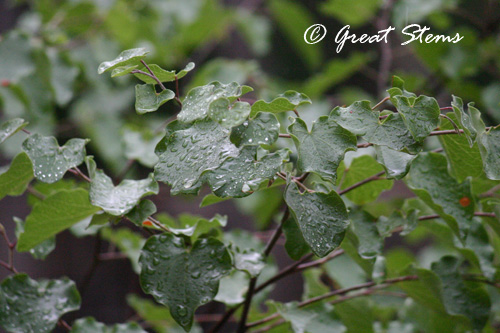 I stopped to do my happy rain dance, then I figured I might as well take a moment to finish the blog post I started yesterday. So...
I stopped to do my happy rain dance, then I figured I might as well take a moment to finish the blog post I started yesterday. So...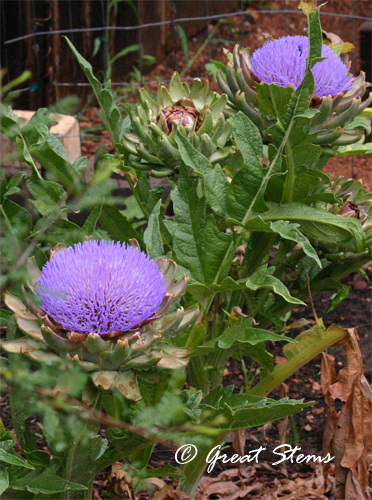
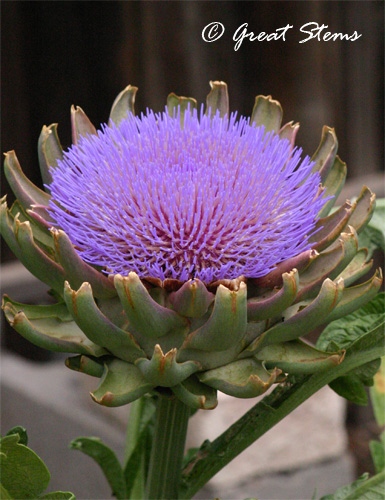 It's giant, it's purple, it's spectacular, and it's in my garden! The bees love it. They dig deep past the petals to reach the pollen, and their cute little bee butts stick out. I wish I'd caught a picture.
It's giant, it's purple, it's spectacular, and it's in my garden! The bees love it. They dig deep past the petals to reach the pollen, and their cute little bee butts stick out. I wish I'd caught a picture.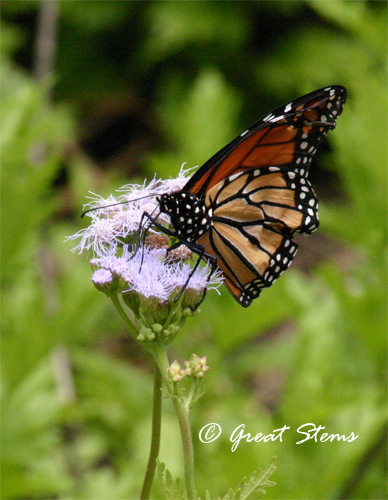 A lone male monarch stopped by -- I was glad to be able to offer it nectar beverages, as its wings were not in the best of shape. It looked like the wings had been that way since emerging from the chrysalis. Poor thing, that must make flying long distances a challenge.
A lone male monarch stopped by -- I was glad to be able to offer it nectar beverages, as its wings were not in the best of shape. It looked like the wings had been that way since emerging from the chrysalis. Poor thing, that must make flying long distances a challenge.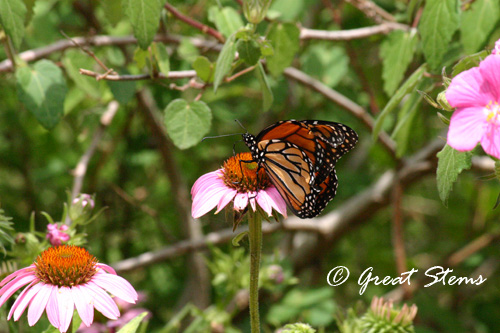
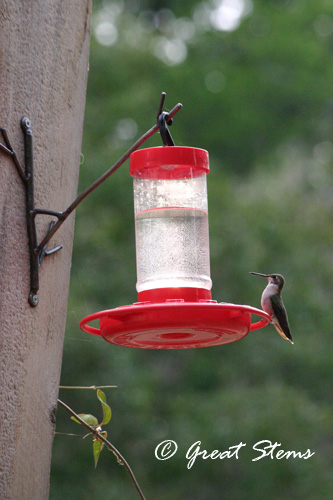
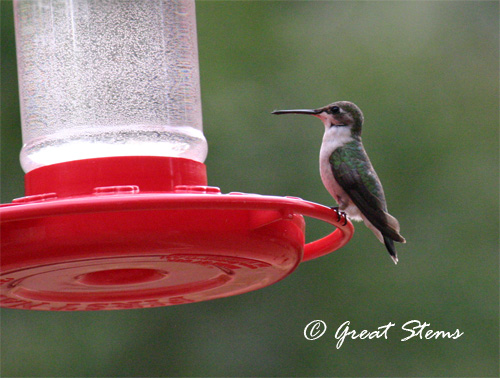
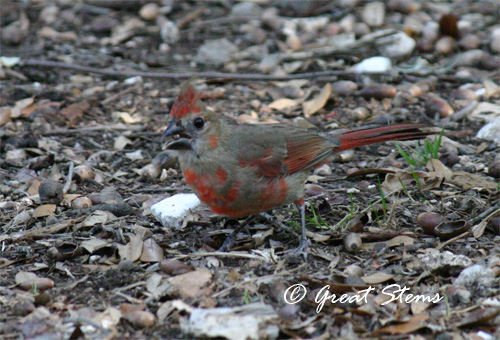 See its dark beak? Baby cardinals' beaks start out dark, then become orange as they get a little older.
See its dark beak? Baby cardinals' beaks start out dark, then become orange as they get a little older.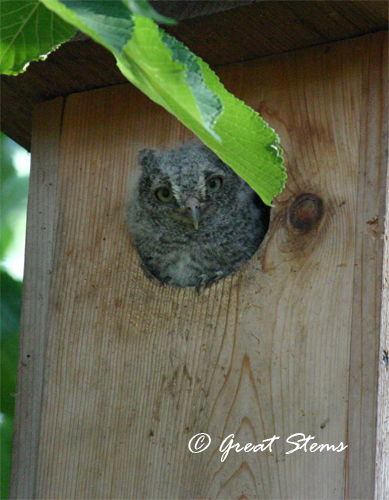 Fly well, little Screech Owl!
Fly well, little Screech Owl!
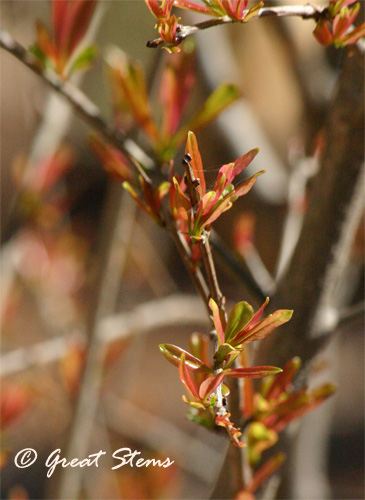
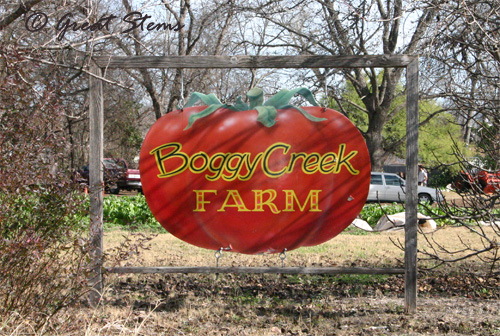
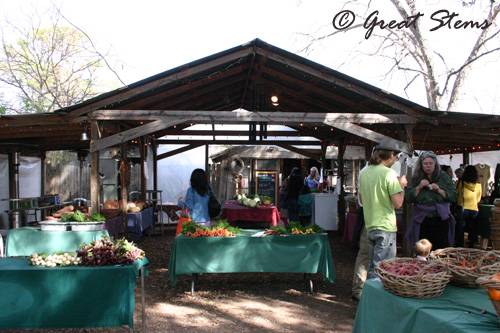 Boggy Creek Farm offers fresh organic produce at their popular on-the-farm market stand twice a week, Wednesdays and Saturdays from 9am to 1pm.
Boggy Creek Farm offers fresh organic produce at their popular on-the-farm market stand twice a week, Wednesdays and Saturdays from 9am to 1pm.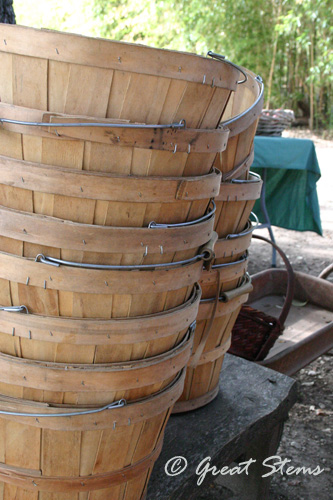
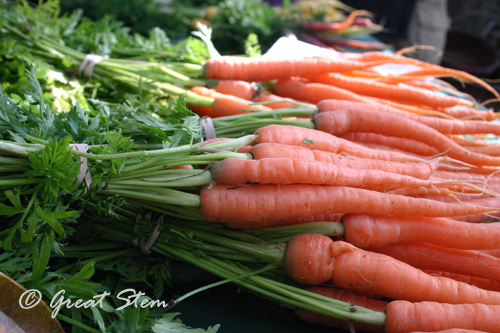
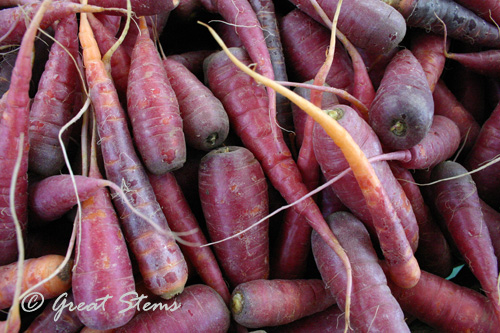 In addition to gorgeous and tasty veggies, fruits, fresh eggs, and other yumminess, they sell locally produced honey, yogurt, goat's milk, and meats, as well as chocolate, sauces, books, and more. They also offer produce grown on other local organic farms, so that you can always choose from the freshest and largest variety of seasonal produce. During the year, Boggy Creek grows more than 100 kinds of vegetables and fruits.
In addition to gorgeous and tasty veggies, fruits, fresh eggs, and other yumminess, they sell locally produced honey, yogurt, goat's milk, and meats, as well as chocolate, sauces, books, and more. They also offer produce grown on other local organic farms, so that you can always choose from the freshest and largest variety of seasonal produce. During the year, Boggy Creek grows more than 100 kinds of vegetables and fruits.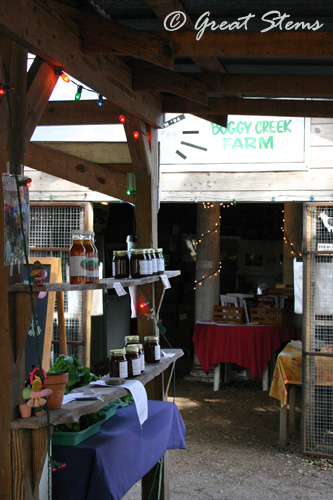
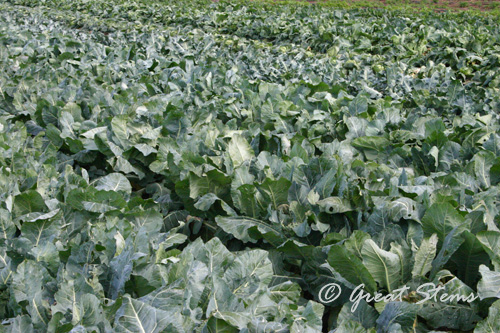
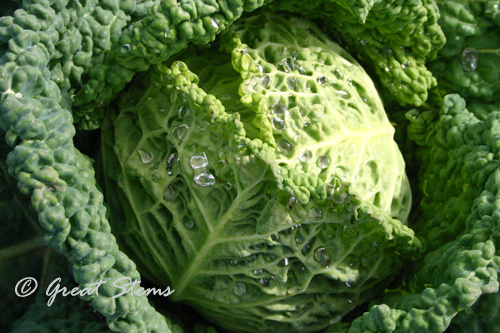
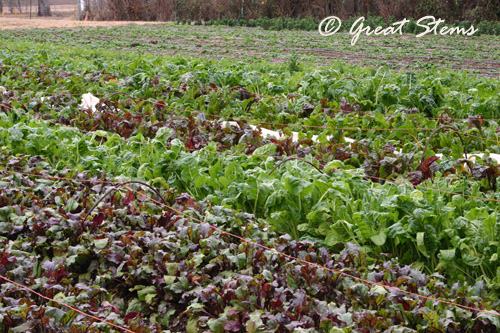 Though I didn't get to meet Larry, I can tell you that Carol Ann is a gem among Austinites -- her passion for organic farming shines through as she shares stories of her hens and of life on the farm. She was kind enough to give our family a personal tour, including a meet-and-greet with the chickens.
Though I didn't get to meet Larry, I can tell you that Carol Ann is a gem among Austinites -- her passion for organic farming shines through as she shares stories of her hens and of life on the farm. She was kind enough to give our family a personal tour, including a meet-and-greet with the chickens.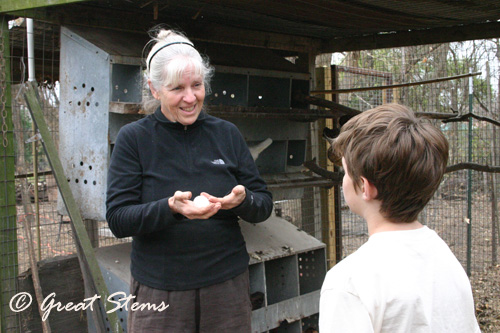
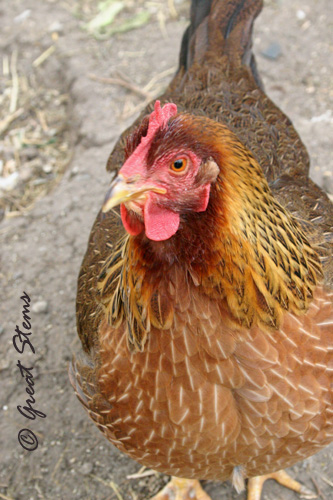
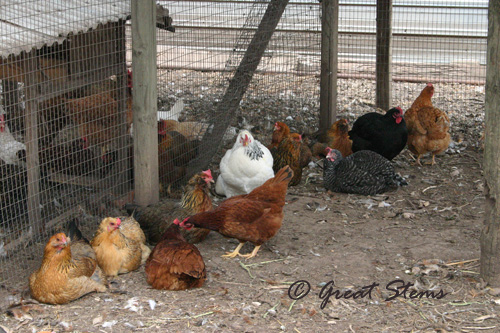 The chickens are family pets -- all 80 of them. They live the good life, right up through their old age. The oldest hen on the farm, shown below, is a remarkable 17 years old!
The chickens are family pets -- all 80 of them. They live the good life, right up through their old age. The oldest hen on the farm, shown below, is a remarkable 17 years old!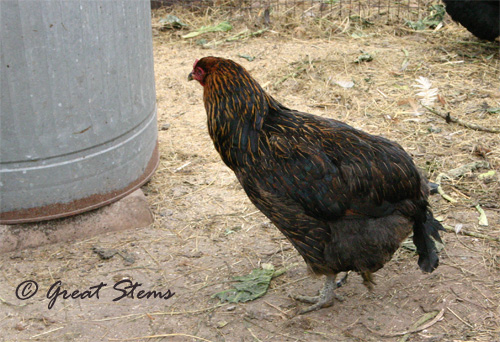
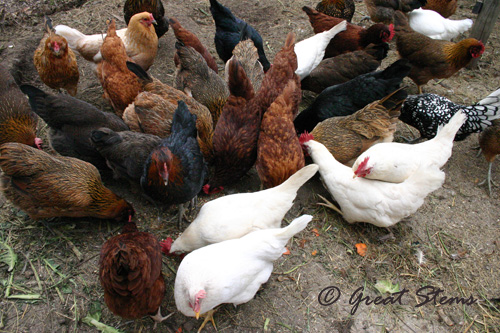 All the chickens are beautiful, healthy, and happy, and they have a safe home long after they stop laying eggs.
All the chickens are beautiful, healthy, and happy, and they have a safe home long after they stop laying eggs.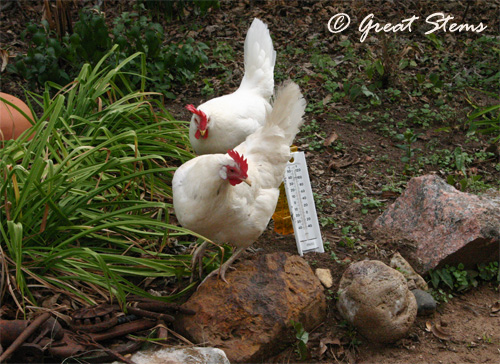
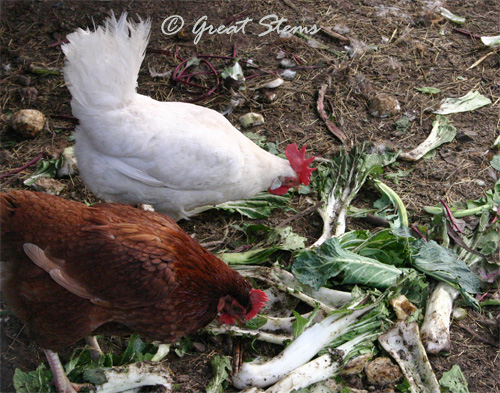 To complete their well-balanced diet, the chickens are fed a locally-milled
To complete their well-balanced diet, the chickens are fed a locally-milled 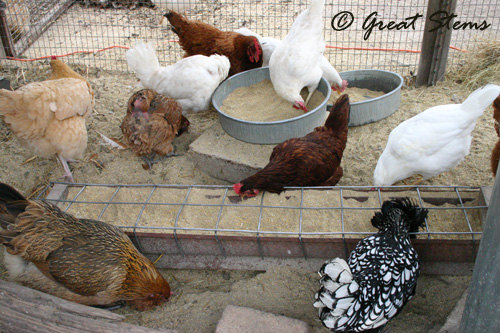
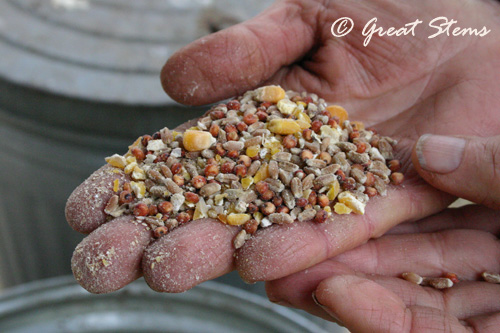
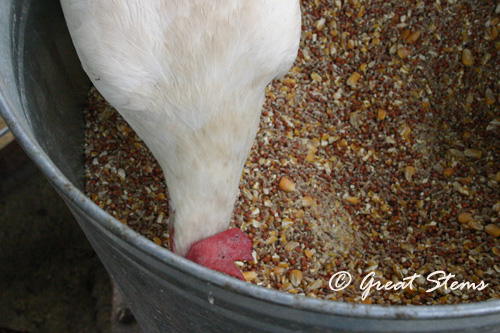
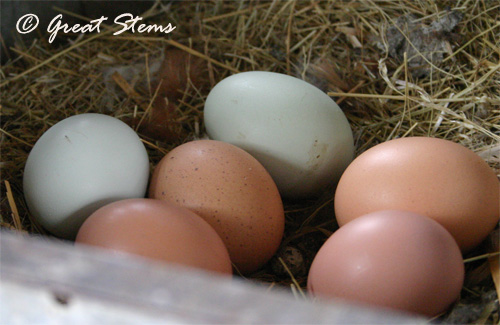
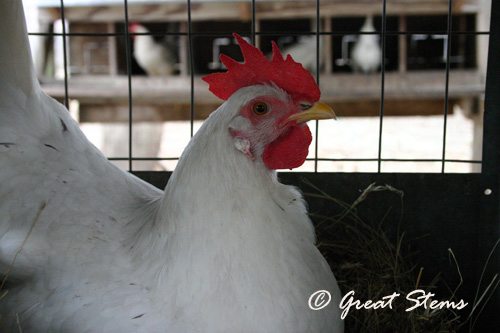
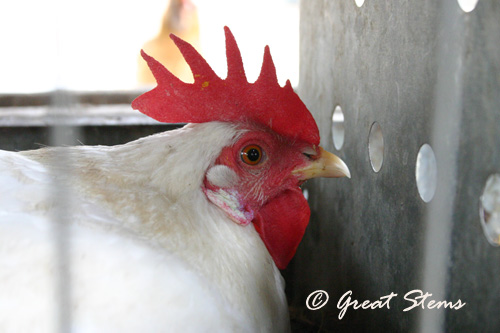 This next one might have minded a little, but I couldn't resist capturing that
This next one might have minded a little, but I couldn't resist capturing that 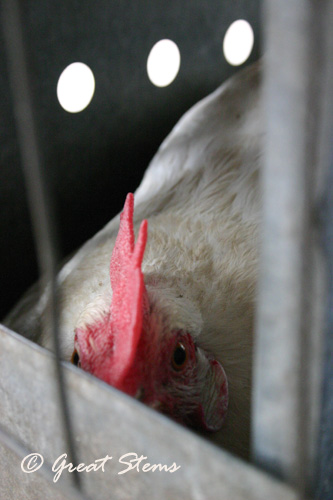
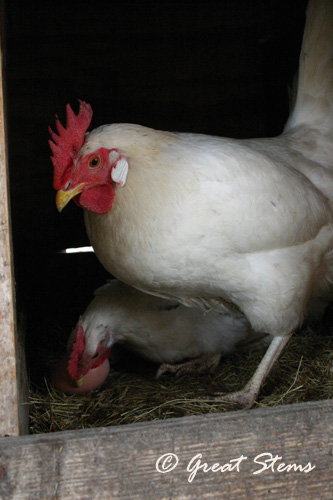
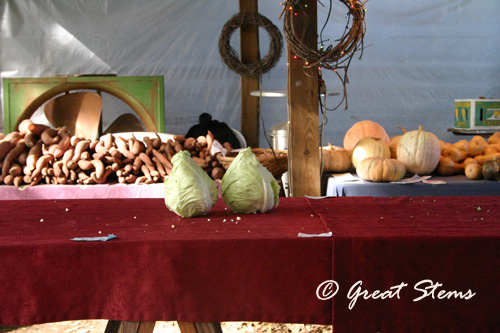
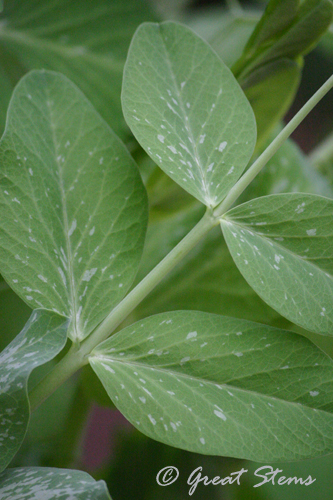
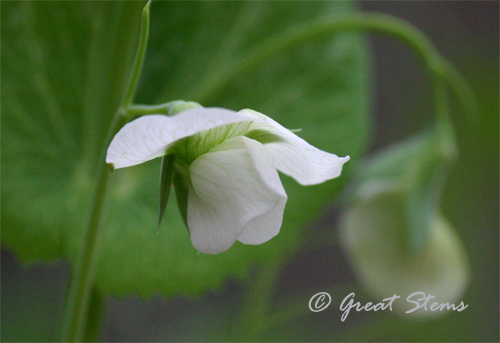 Usually I feast on them right in the garden, having to will myself to save a few for my family. But I'd about given up hope this year -- I seemed to be growing lots of green vines with no pea activity in sight.
Usually I feast on them right in the garden, having to will myself to save a few for my family. But I'd about given up hope this year -- I seemed to be growing lots of green vines with no pea activity in sight.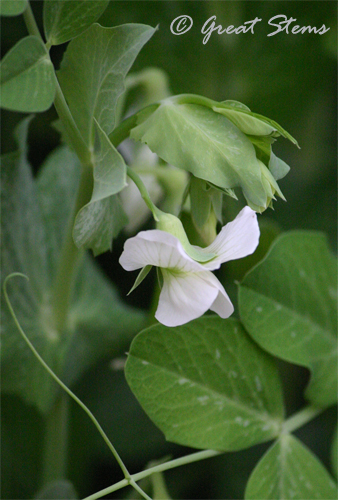
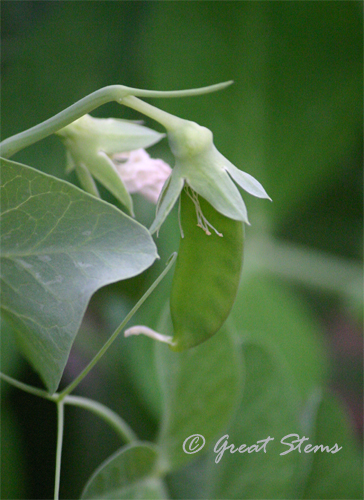

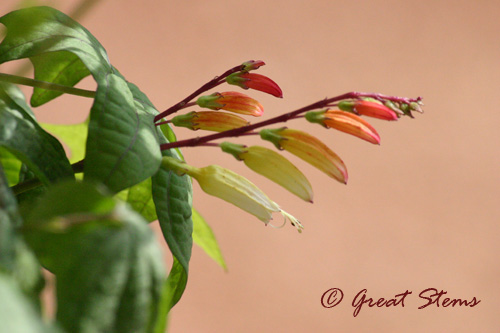
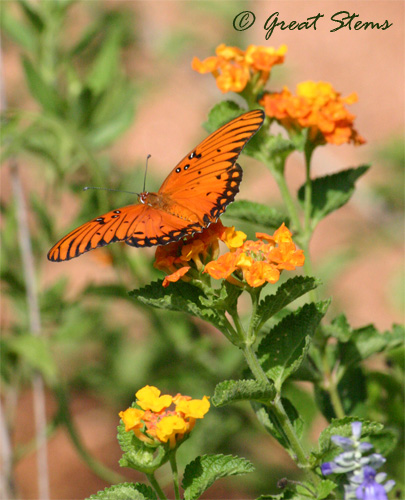
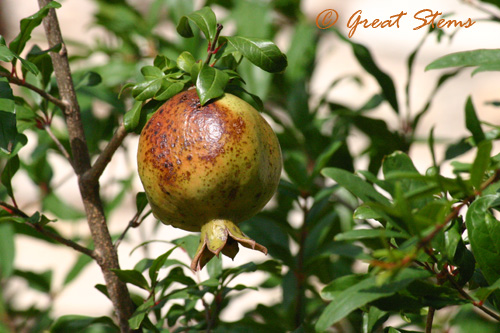
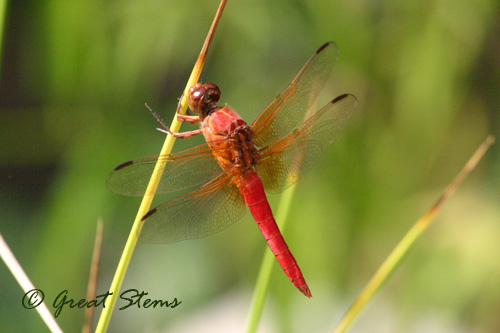
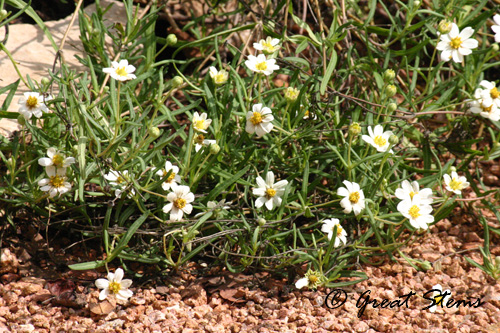
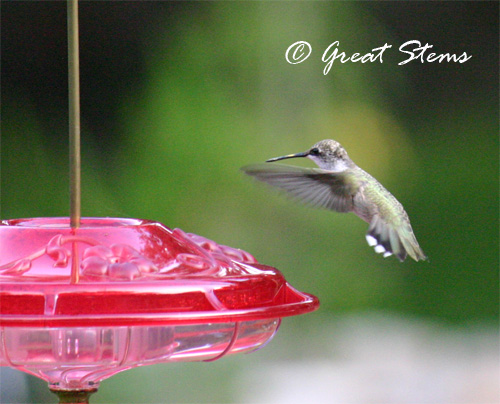
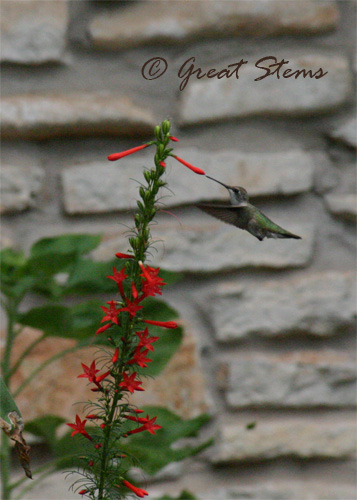
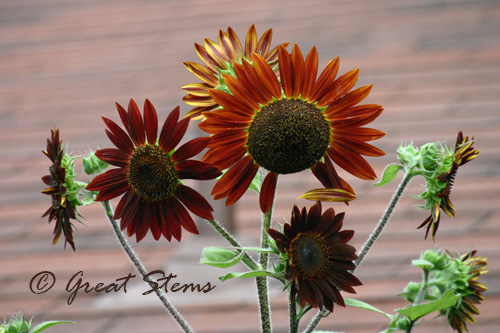
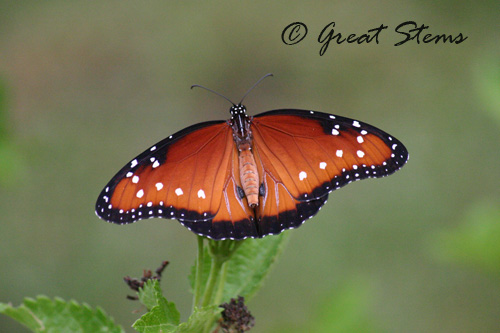
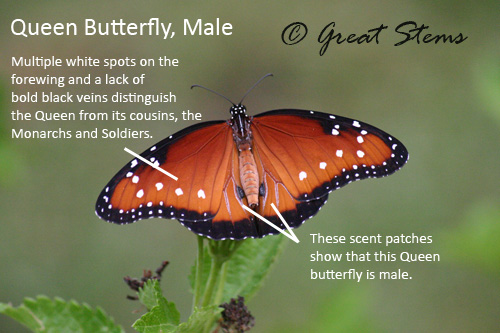
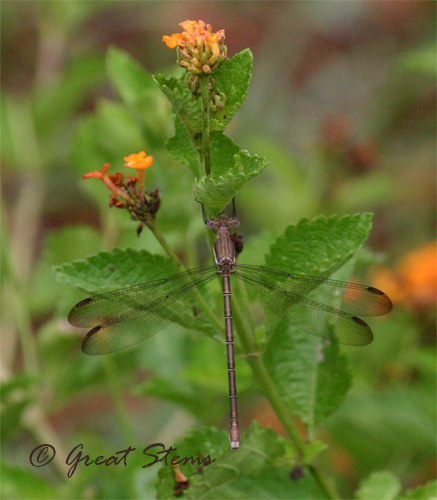
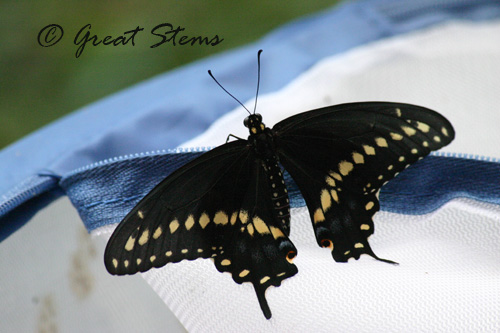
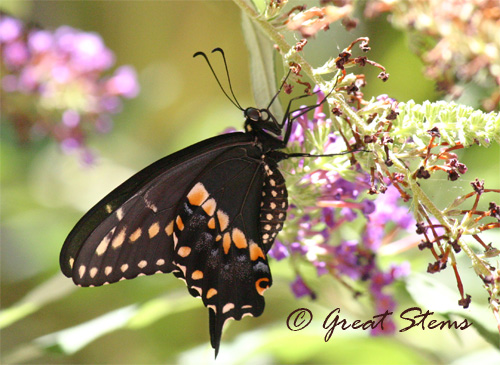
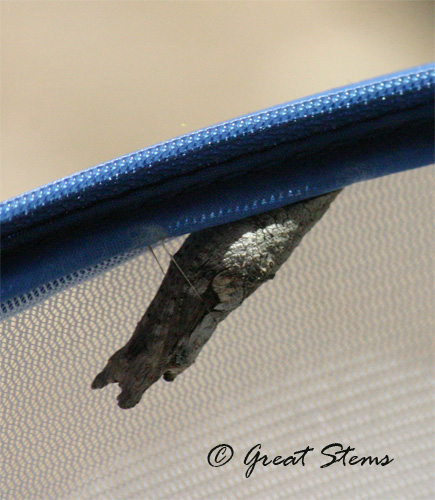
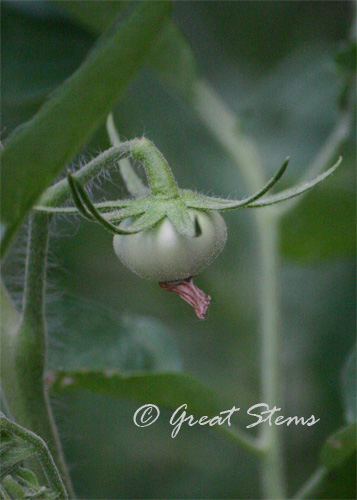
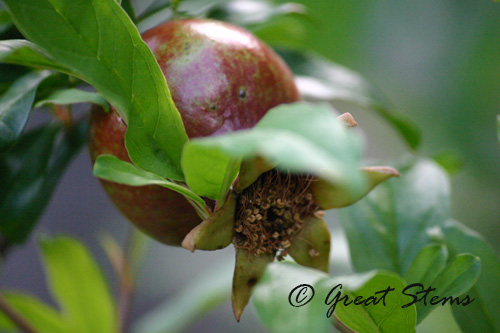
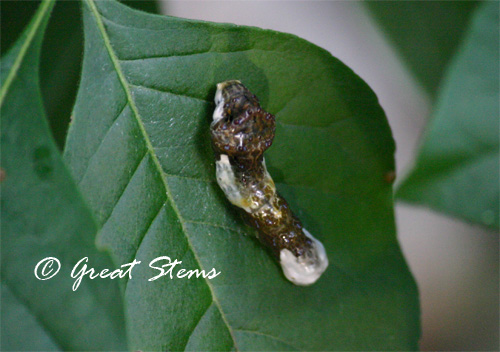
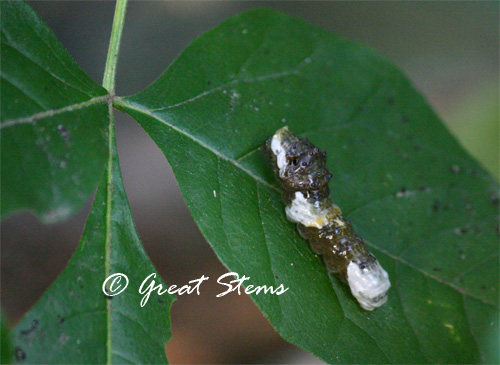
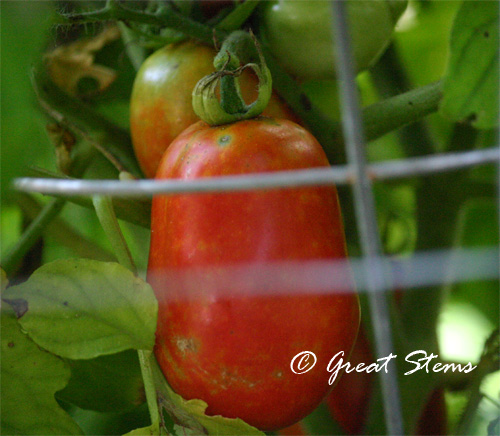

 I am envisioning a garden of giants before long -- the thought crossed my mind that I might have to trim some of these back at some point. Whoa, that's too much for this girl to think about right now.
I am envisioning a garden of giants before long -- the thought crossed my mind that I might have to trim some of these back at some point. Whoa, that's too much for this girl to think about right now.





















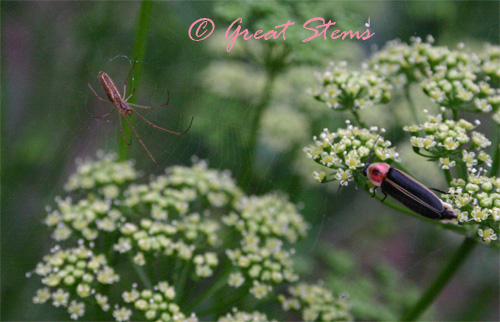
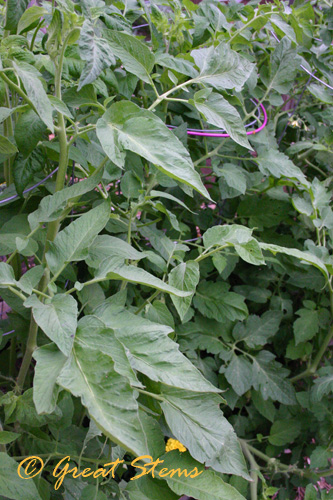
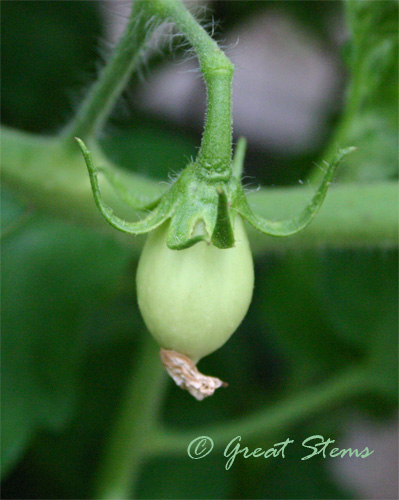 But the other night, a friend came over to share a birthday key lime pie I'd made my husband, and we ventured outside in the dark with flashlight in hand to view my enormous tomato bushes. My friend had been talking about a little green worm he'd found munching on his tomatoes at home, and wouldn't you know when he reached out to my tomatoes in the dark, he found a "squishy" creature on my tomatoes, too!
But the other night, a friend came over to share a birthday key lime pie I'd made my husband, and we ventured outside in the dark with flashlight in hand to view my enormous tomato bushes. My friend had been talking about a little green worm he'd found munching on his tomatoes at home, and wouldn't you know when he reached out to my tomatoes in the dark, he found a "squishy" creature on my tomatoes, too!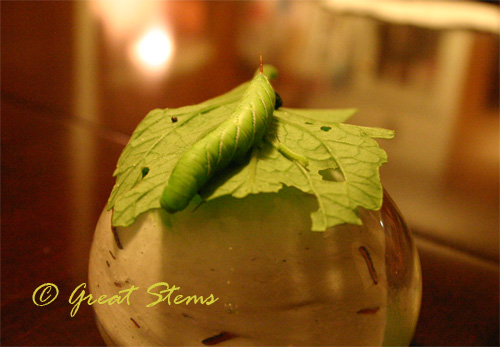
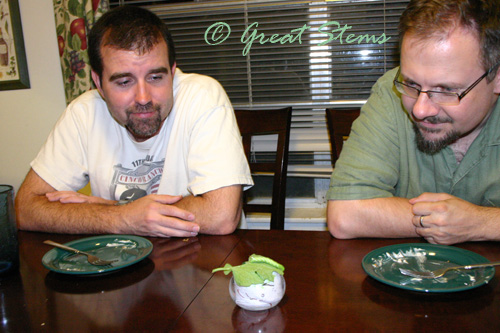
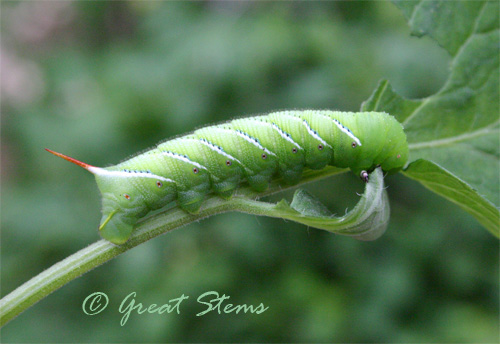
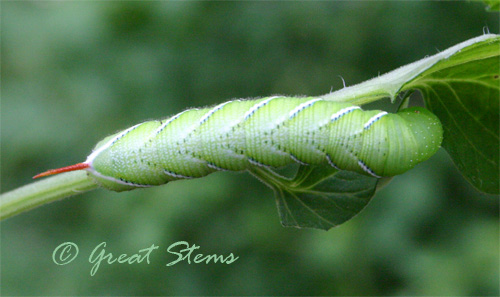 With sadness, this morning the caterpillar will go to the bird feeder tray. I can't bring myself to do the deed, but perhaps a bird will do the job for me.
With sadness, this morning the caterpillar will go to the bird feeder tray. I can't bring myself to do the deed, but perhaps a bird will do the job for me.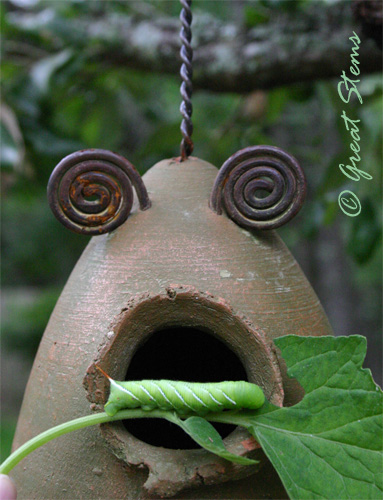
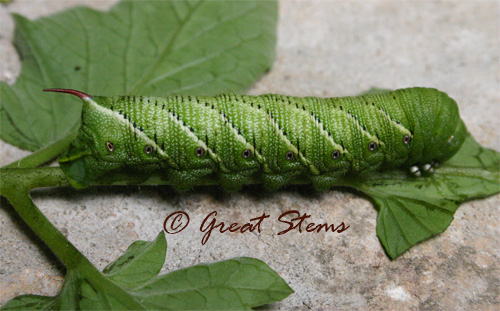

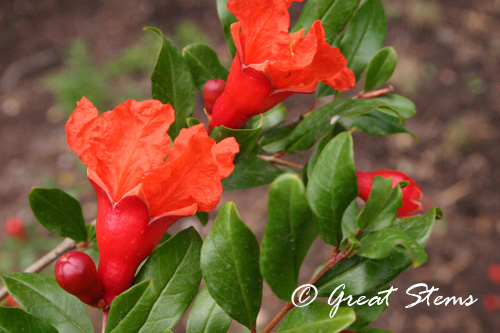
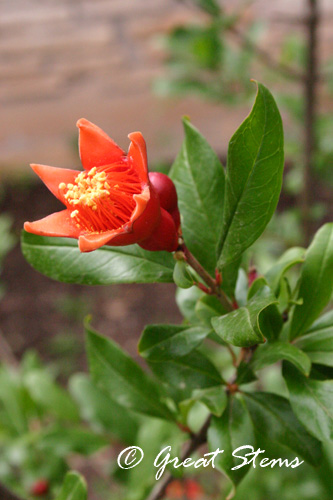
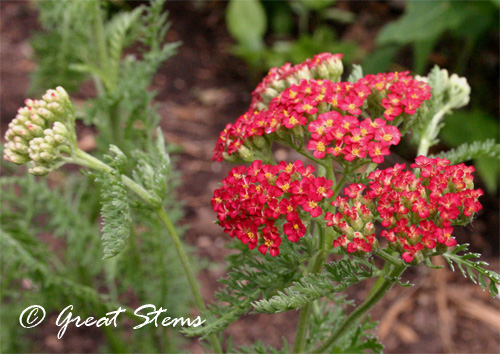
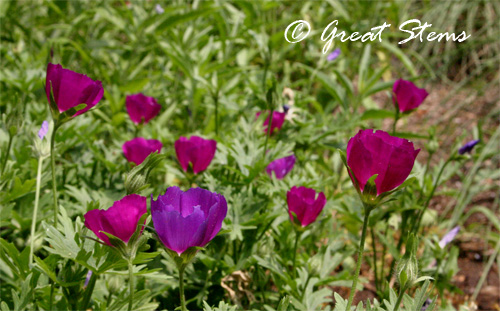
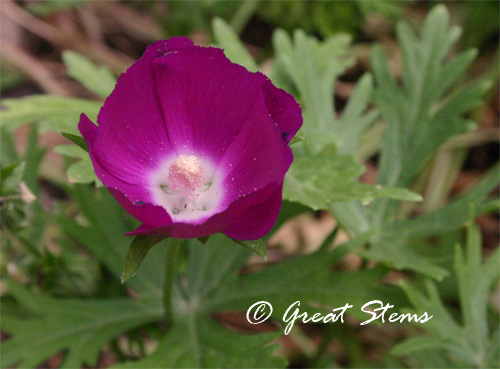 The Winecups always threaten to take over the world before the sun forces them back to a manageable size. Right now they are encroaching on the Texas lantana, and I love the combination of colors.
The Winecups always threaten to take over the world before the sun forces them back to a manageable size. Right now they are encroaching on the Texas lantana, and I love the combination of colors. 